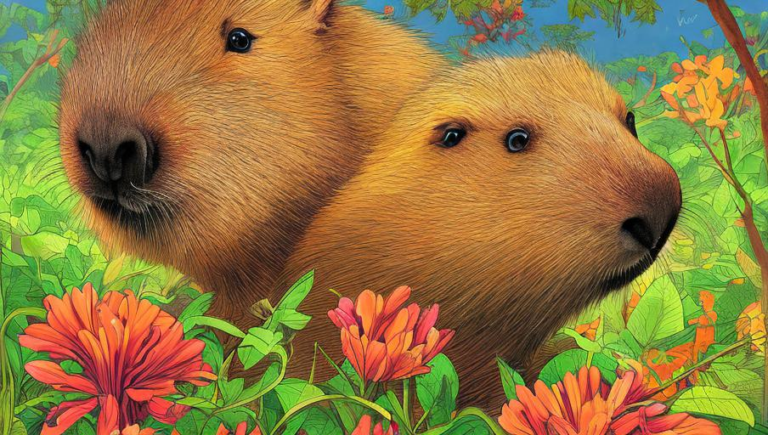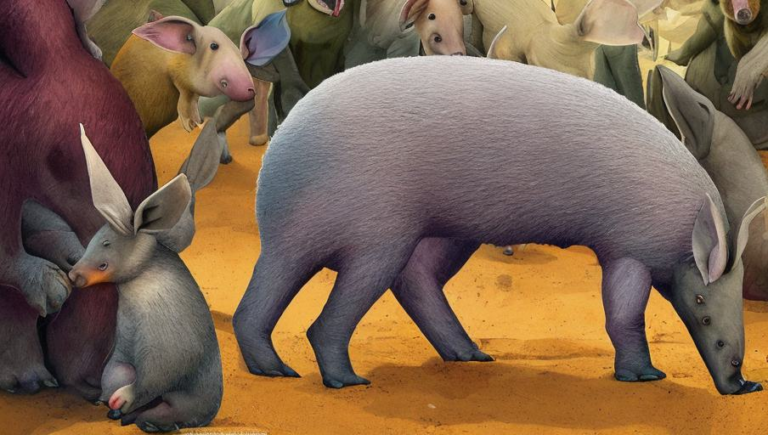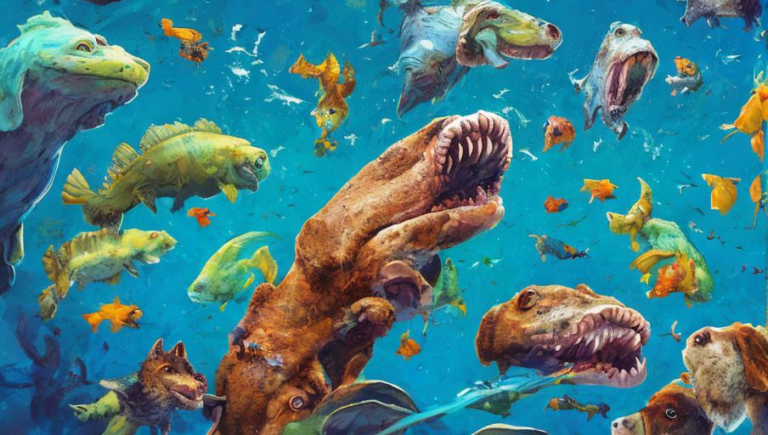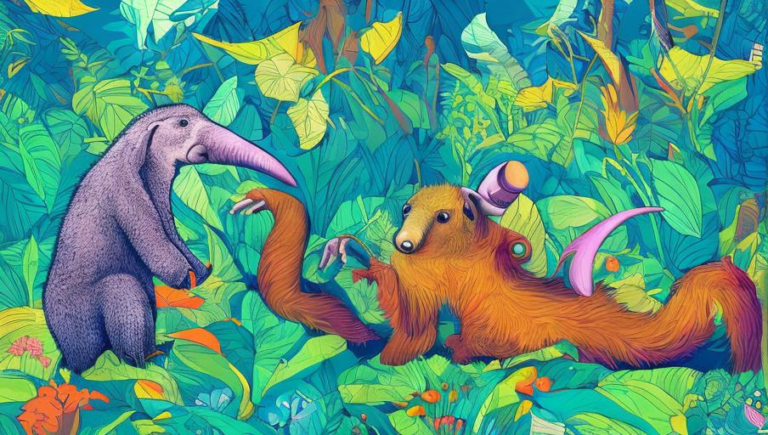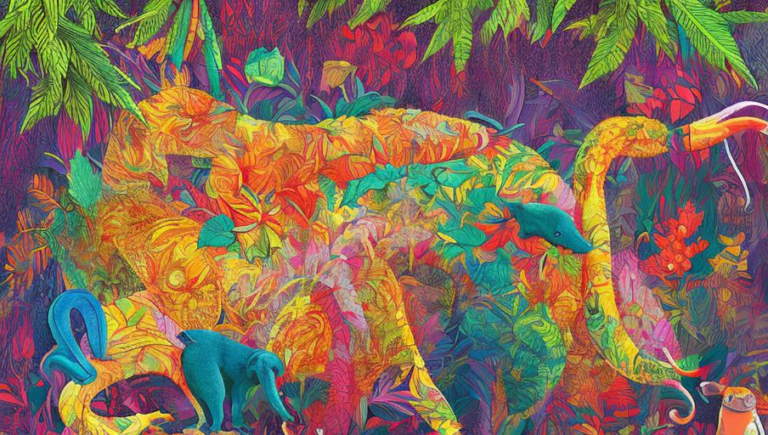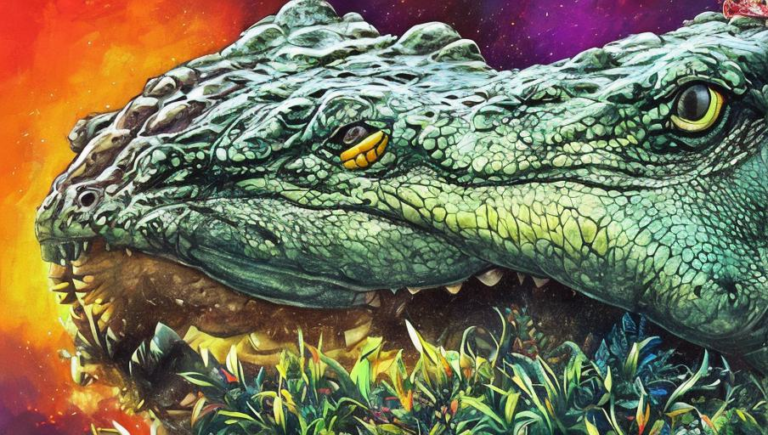An Overview of the Anteater’s Diet
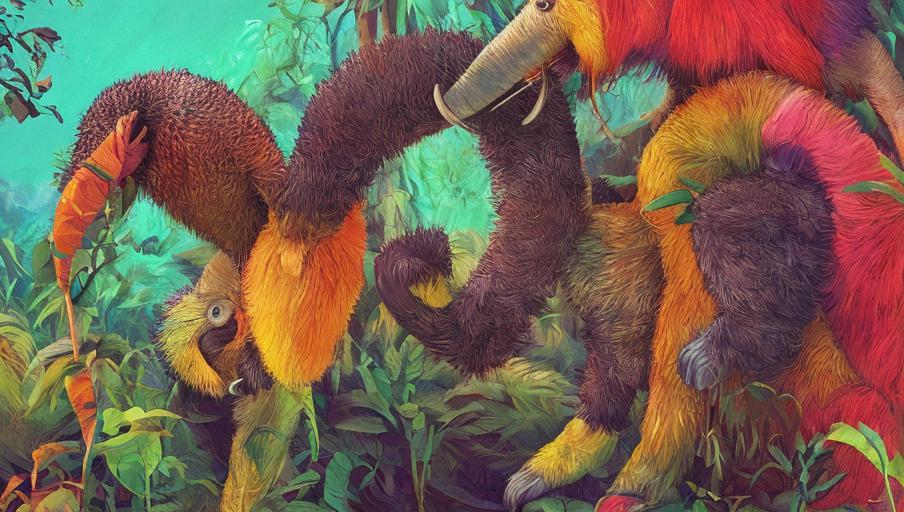
Introduction
The anteater is a fascinating creature that is found all over the world. There are four species of anteater, three of which are found in the Americas and one in Africa and Asia. Anteaters have a unique and specialized diet that consists mostly of ants and termites. In this article, we’ll take a closer look at the anteater’s diet and explore what makes it so vital to their survival.
Anteater’s Diet
Anteaters are considered to be insectivores, meaning that they feed primarily on insects. They have long, slender snouts and sticky tongues that allow them to eat ants and termites without having to rely on their vision or sense of smell. Anteaters also eat other insects such as beetles, moths, and caterpillars. The anteater’s diet is supplemented with a variety of fruits and flowers, including figs, cactus flowers, and palm fruits.
Meal Timing
Anteaters are active during the day and night. During the day, they spend most of their time searching for food, and they are most active at night when ants and termites are most active. Anteaters have been known to eat up to 30,000 ants in a single day. They use their long snouts to dig up ant and termite colonies, and they can consume up to 300 ants in a single minute.
Adaptations to Eating Insects
The anteater has several adaptations that help it to survive on its diet of insects. Its long snout is adapted to dig up ant and termite colonies, and its sticky tongue is used to capture and consume its prey. Anteaters also have long claws that are used to break open ant and termite nests. The anteater’s stomach is specially adapted to digest the protein-rich insects that make up its diet.
Importance of Insects in the Anteater’s Diet
Insects are an important part of the anteater’s diet, as they provide the animal with essential proteins, fats, and carbohydrates. The proteins found in insects are essential for the proper functioning of the anteater’s body. Fats provide the anteater with energy, while carbohydrates are used to maintain its body temperature. Insects are also important sources of vitamins and minerals that the anteater needs to stay healthy.
Conclusion
The anteater’s diet is an intriguing one that is composed mostly of ants and termites. This specialized diet is what makes the anteater so unique and it is also essential for its survival. Anteaters have adapted to their diet of insects by having long snouts, sticky tongues, and long claws. Insects are also an important part of the anteater’s diet, as they provide the animal with essential proteins, fats, and carbohydrates. By understanding the anteater’s diet, we can gain a better appreciation for the complexity of this unique creature and the importance of preserving its habitat.
